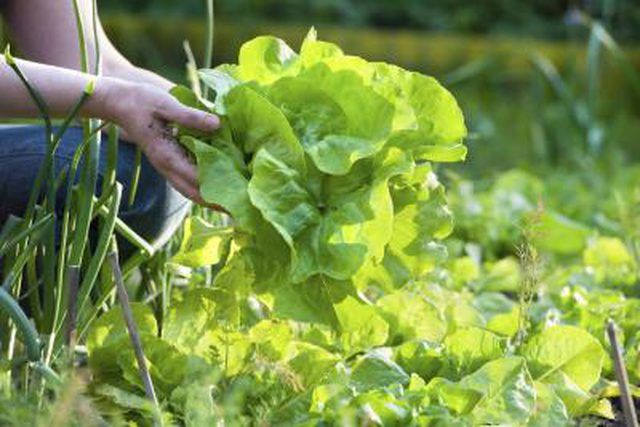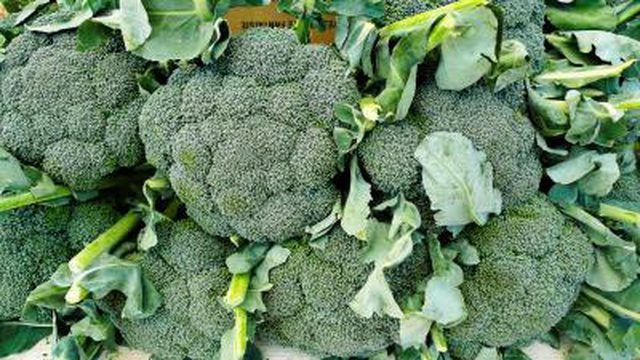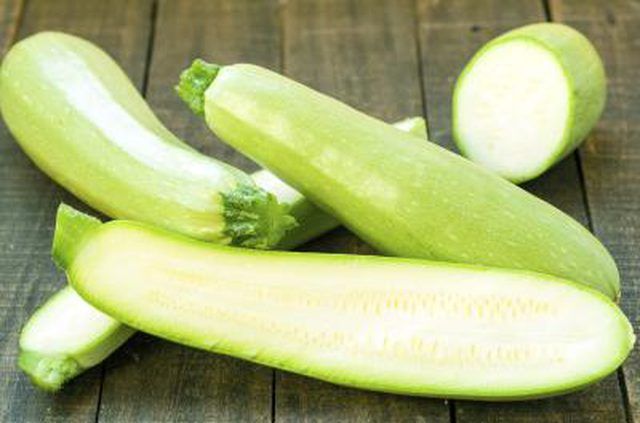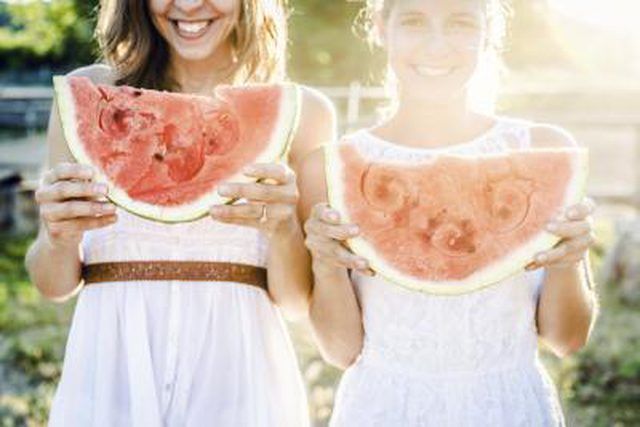Bulbs
Flower Basics
Flower Beds & Specialty Gardens
Flower Garden
Garden Furniture
Garden Gnomes
Garden Seeds
Garden Sheds
Garden Statues
Garden Tools & Supplies
Gardening Basics
Green & Organic
Groundcovers & Vines
Growing Annuals
Growing Basil
Growing Beans
Growing Berries
Growing Blueberries
Growing Cactus
Growing Corn
Growing Cotton
Growing Edibles
Growing Flowers
Growing Garlic
Growing Grapes
Growing Grass
Growing Herbs
Growing Jasmine
Growing Mint
Growing Mushrooms
Orchids
Growing Peanuts
Growing Perennials
Growing Plants
Growing Rosemary
Growing Roses
Growing Strawberries
Growing Sunflowers
Growing Thyme
Growing Tomatoes
Growing Tulips
Growing Vegetables
Herb Basics
Herb Garden
Indoor Growing
Landscaping Basics
Landscaping Patios
Landscaping Plants
Landscaping Shrubs
Landscaping Trees
Landscaping Walks & Pathways
Lawn Basics
Lawn Maintenance
Lawn Mowers
Lawn Ornaments
Lawn Planting
Lawn Tools
Outdoor Growing
Overall Landscape Planning
Pests, Weeds & Problems
Plant Basics
Rock Garden
Rose Garden
Shrubs
Soil
Specialty Gardens
Trees
Vegetable Garden
Yard Maintenance
What Kind of Vegetables Like Full Sun to Grow?
What Kind of Vegetables Like Full Sun to Grow?. For many vegetables, the abundance of your harvest depends directly on how much sun the vegetable plants get. Nearly all vegetables grown as annuals prefer full, direct sun for a minimum of six to eight hours each day. For some plants, the intensity and heat of the sun becomes a challenge,...
For many vegetables, the abundance of your harvest depends directly on how much sun the vegetable plants get. Nearly all vegetables grown as annuals prefer full, direct sun for a minimum of six to eight hours each day. For some plants, the intensity and heat of the sun becomes a challenge, depending on where you garden and the seasons. Staggering your full-sun vegetables helps maximize harvests throughout the year.

Some full-sun vegetables germinate and grow best early in the year, while the soil is still cool. They often do best directly seeded in your garden, and they grow quickly when given full sun. Arugula (Eruca versicaria var. sativa), leaf lettuces (Lactuca sativa) and other tender greens prefer full sun and lower temperatures. Radishes (Raphanus sativus) and turnips (Brassica rapa) prefer the cool weather of early-season gardens and grow quickly in response to full sun. If a corner of your garden receives dappled shade as spring trees fill in, successive plantings of these cool-weather crops keep producing until the weather turns hot.

Some full-sun vegetables need relief from summer heat, but they offer two harvests in return. These vegetables enjoy lower temperatures, but grow quickly in warm soil. The sun-nourished crops flourish in spring and in fall, if planted again. Cole crops such as broccoli, cabbage, Brussels sprouts and kale (Brassica oleraceae groups) fall in this full-sun category along with spinach (Spinacia oleracea). Root crops, such as beets (Beta vulgaris) and carrots (Daucus carota var. sativa), come on strong when direct-seeded right before spring's final frost. Come fass, a nip of frost enhances the sweetness of Brussels sprouts and kale. Fill their spots with heat-loving crops while these plants take midseason breaks.

After all danger of frost has passed and soil temperatures reach 60 to 65 degrees Fahrenheit, fruit-bearing vegetables hit full-sun gardens. Cucumbers (Cucumis sativus), summer squashes (Curcubita pepo vars.), sweet corn (Zea mays) and beans (Phaseolus vulgaris) shine in warm, sunny summers. Tropical relatives, such as sweet and hot peppers (Capsicum annuum), tomatoes (Lycopersicon esculentum) and eggplants (Solanum melongena), all relish hot weather and full, direct sun. Easily damaged by cold, these plants won't recover from frost. They do best when started from transplants and protected at season's end.

Some vegetables ride out full sun from summer's beginning to its end. Started indoors or grown from transplants, these long-season plants move outside when soil warms to 70 F or above. Watermelons (Citrullus lanatus), muskmelons (Cucumis melo) and sweet potatoes (Ipomoea batatas) flourish through long, hot summers in full-sun gardens. So do pumpkins and other winter squashes (Curcubita spp.). Collard greens (Brassica oleracea var. acephala) move in just in time for late-season harvests. The seeds germinate quickly in warm soils, and soar in flavor as air and soil temperatures in your full-sun garden drop.
